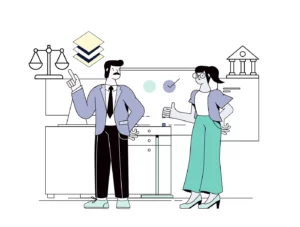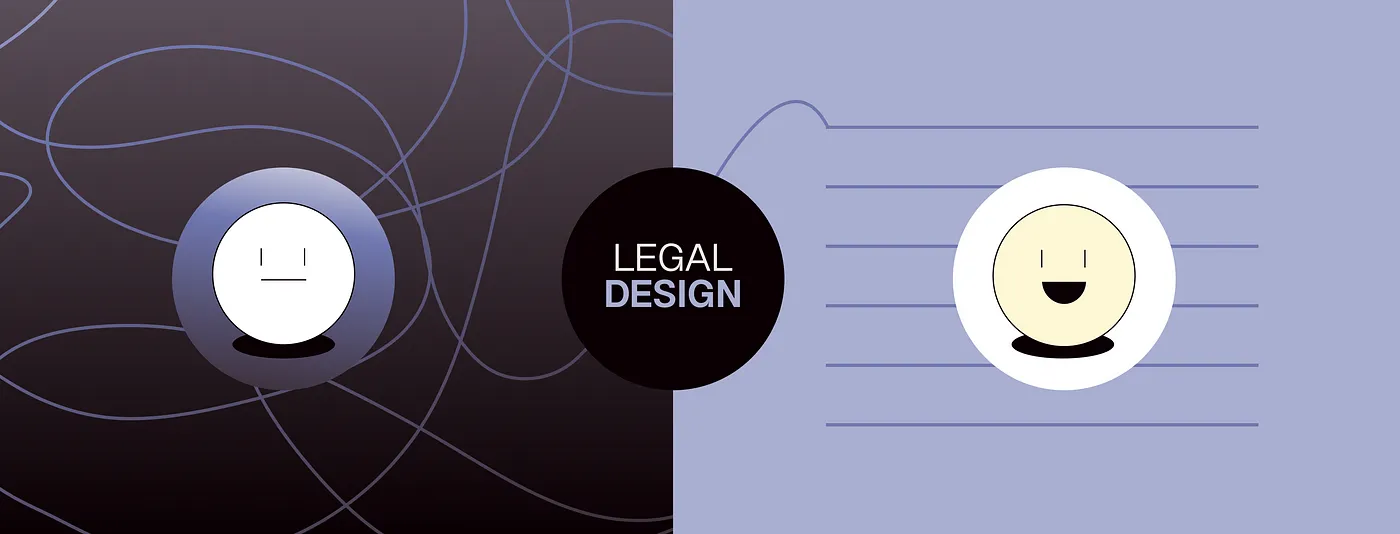The legal design conditions our lives
Every day, we encounter situations with legal consequences. Every time we enter a website, create a user in an app, use a credit card, or when we enter a public space where we are being recorded. This type of situations is know in Legal Design as legal touch points.
In many cases, we are not even aware that our actions have legal consequences, or if they do, we do not understand them. I speak in plural because, although I studied law I include myself in that majority, I also find it hard to understand some processes or legal documents, and the problem does not come from my lack of understanding, but from the fact that they were design without taking people into account.
Just think about that time of the year when we must file the income tax return; in Spain, my country of origin, those workers with a certain minimum income must file it every year, the minimum is quite low, so most of us must do it. But it is not a simple and intuitive procedure. The website has many sections, and you do not know where you have to put the information or which heading you have to click in case being a self-employed person. If you have had several payers, don’t even mention it. A clear example comes from a friend who, after making the draft, had to pay 400€ even though she had received low income. When we asked my father for help, who is a tax and financial advisor, my friend only had to pay 27€. What a difference!
At this point, you may be thinking: what does design have to do with all this? Well, Legal Design exists precisely to make these legal procedures and contacts more friendly, transparent, and intuitive.

What is Legal Design then?
It is the result of applying people-centered design methodologies in the legal field, to make legal systems and procedures more accessible and understandable.
Through Legal Design, we seek to democratize the law, assuring transparency through clear and direct communication. We seek to make the relevant legal information understandable, defending the right to understand.
In the case of the tax return, if we apply design to the process, we should involve people to identify what is difficult for them and what is hard to understand, to redesign the experience. Among other things, we could improve the UX and UI of the Hacienda website, making it more intuitive, using simple language that people understand, and give clear instructions to go through the process.
I currently work as a legal designer at Empathy Strategic Design Studio, where we apply Legal Design in a transversal way in our projects. We are experts in designing people-centered experiences. In all projects we create multidisciplinary teams, assigning key roles according to the project’s needs.
We use design research to give voice, and through empathy we acquire a customer-centric legal vision; service design to create experiences taking into account all channels based on the research findings; UX writing to design simple, direct, and understandable copies; and finally, visual design to communicate relevant legal information graphically.
In this way, at Empathy, we seek inclusion. In this case of the majority, through the accessibility of the law, combating the vulnerability of people and making them informed of their processes to make decisions with autonomy.
If the legal conditions our lives, the natural thing to do would be understand the legal field well. As design consultants and legal designers, we have the call and the responsibility to work for legal processes and experiences focused on people’s needs, so they can make informed legal decisions that will affect one way or another their daily lives.
If you want to know more about Legal Service Design, listen to our talk with Legal Creatives at the following link.

